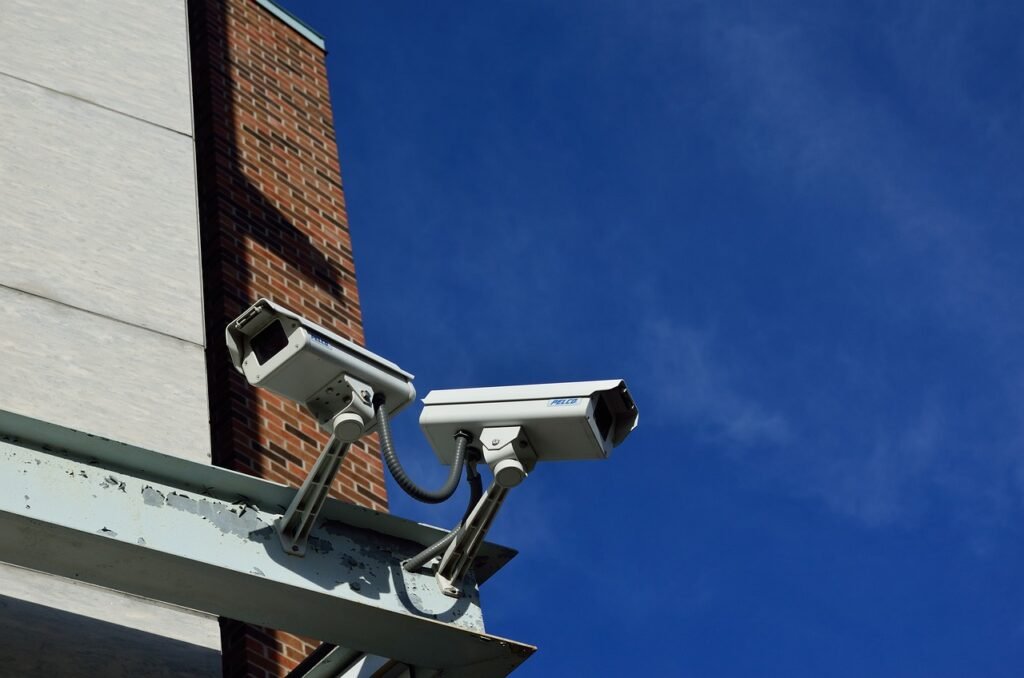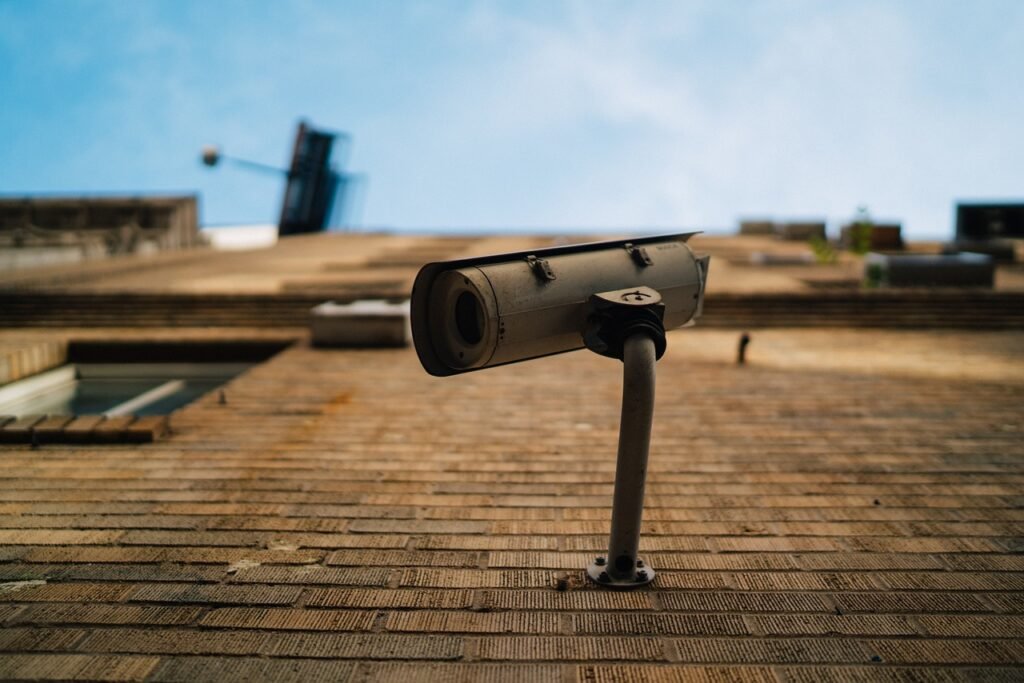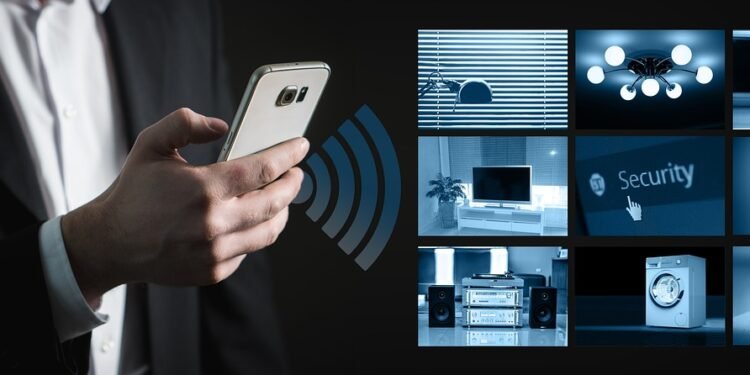The Evolution of Security Cameras
Early Beginnings
The concept of surveillance through cameras dates back to the early 20th century. The first closed-circuit television (CCTV) system was installed in Germany in 1942 to monitor the launch of V-2 rockets. Over the decades, technological advancements, including the shift from analog to digital systems, have revolutionized the capabilities of security cameras.
Analog to Digital Transition
Analog cameras, once the standard, have given way to digital counterparts that offer higher resolution, better image quality, and enhanced features. The transition to digital technology has not only improved the clarity of footage but has also allowed for easier integration with other security systems.

High-Definition and Megapixel Cameras
Recent years have witnessed the rise of high-definition (HD) and megapixel cameras, providing sharper images and more detailed video footage. These advancements enable users to capture fine details crucial for identifying individuals or incidents.
Key Features of Modern Security Cameras
Resolution
The resolution of security cameras is a critical factor influencing image quality. High-resolution cameras, often measured in megapixels, deliver clearer and more detailed footage.
Night Vision
Infrared (IR) technology has become a standard feature in modern security cameras, allowing them to capture clear images in low-light or completely dark conditions. This is crucial for 24/7 surveillance.
Wide-Angle Lenses
Many security cameras are equipped with wide-angle lenses, enabling them to capture a broader field of view. This feature is especially useful for monitoring large areas with a single camera.
Motion Detection
Motion detection capabilities alert users to any movement within the camera’s field of view. This feature is essential for saving storage space by only recording when activity is detected.
Remote Monitoring
With the advent of the Internet of Things (IoT), many security cameras now offer remote monitoring capabilities. Users can access live feeds or recorded footage from their smartphones or computers, enhancing real-time surveillance.
Applications of Security Cameras

Home Security
Security cameras are widely used to monitor and protect residential properties. They act as a deterrent to potential burglars and provide homeowners with peace of mind.
Our top pick; WYZE Cam OG 1080p HD Wi-Fi Security Camera – Indoor/Outdoor, Color Night Vision, Spotlight, 2-Way Audio, Cloud & Local storage- Ideal for Home Security, Baby, Pet Monitoring Alexa Google Assistant
Business and Commercial Use
Businesses utilize security cameras to safeguard their premises, monitor employee activities, and prevent theft or vandalism. They also play a crucial role in retail settings for loss prevention.
Public Spaces
Security cameras are commonly deployed in public spaces, transportation hubs, and government buildings to enhance public safety and monitor for suspicious activities.
Traffic Monitoring
Surveillance cameras are integral to traffic management systems, assisting in monitoring traffic flow, enforcing traffic rules, and enhancing overall road safety.
Privacy and Ethical Considerations
While security cameras provide undeniable benefits, their use raises important ethical and privacy concerns. Striking a balance between ensuring public safety and respecting individual privacy rights is an ongoing challenge. Regulations and guidelines are in place to address these issues and ensure responsible use of surveillance technology.
Conclusion
The evolution of security cameras has transformed them from passive observers to proactive guardians of safety and security. As technology continues to advance, the capabilities of security cameras are likely to expand further, providing innovative solutions to the ever-evolving challenges of our modern world. While the debate over privacy and surveillance persists, the fundamental role of security cameras in deterring crime, providing evidence, and enhancing public safety remains paramount in today’s interconnected society.

















